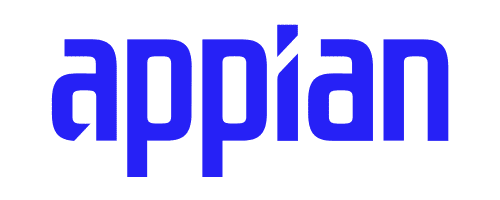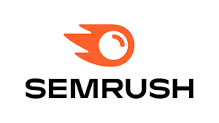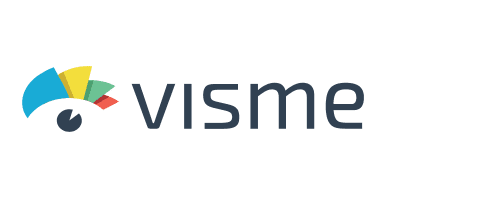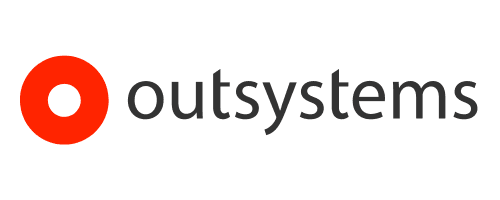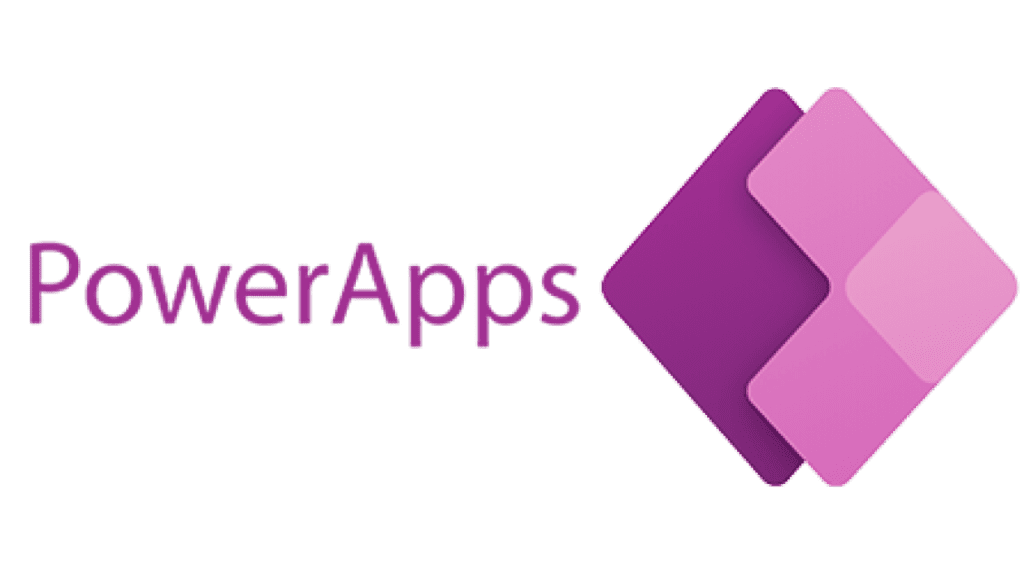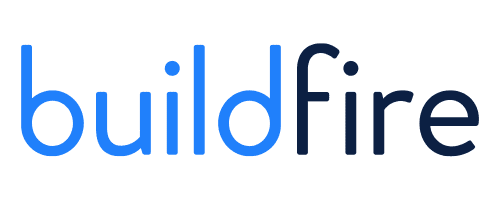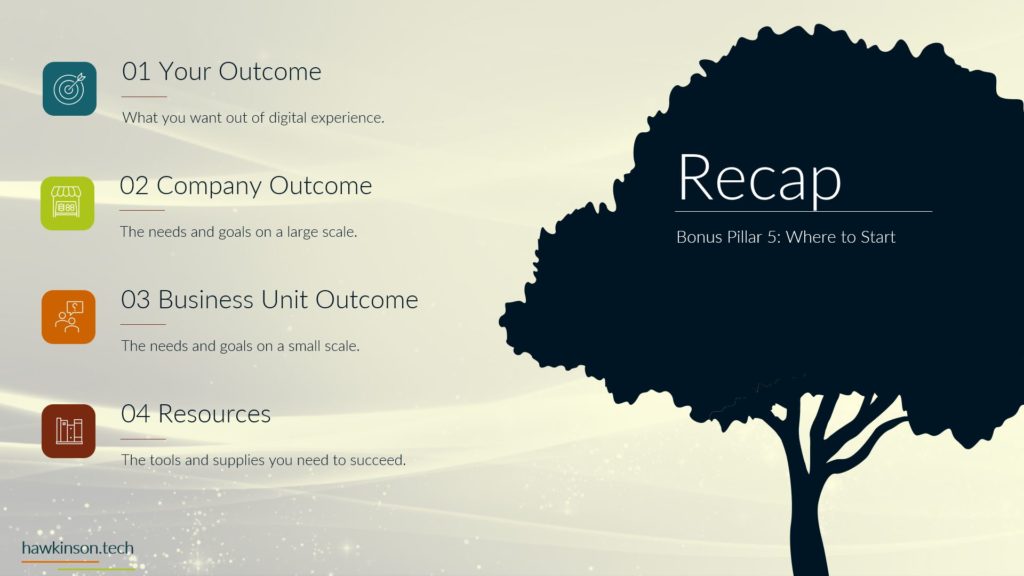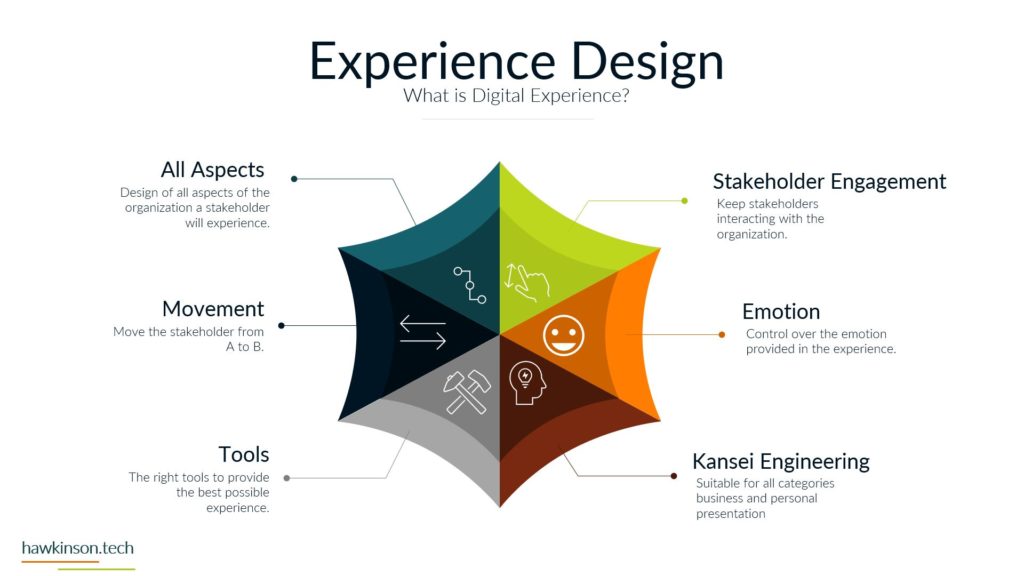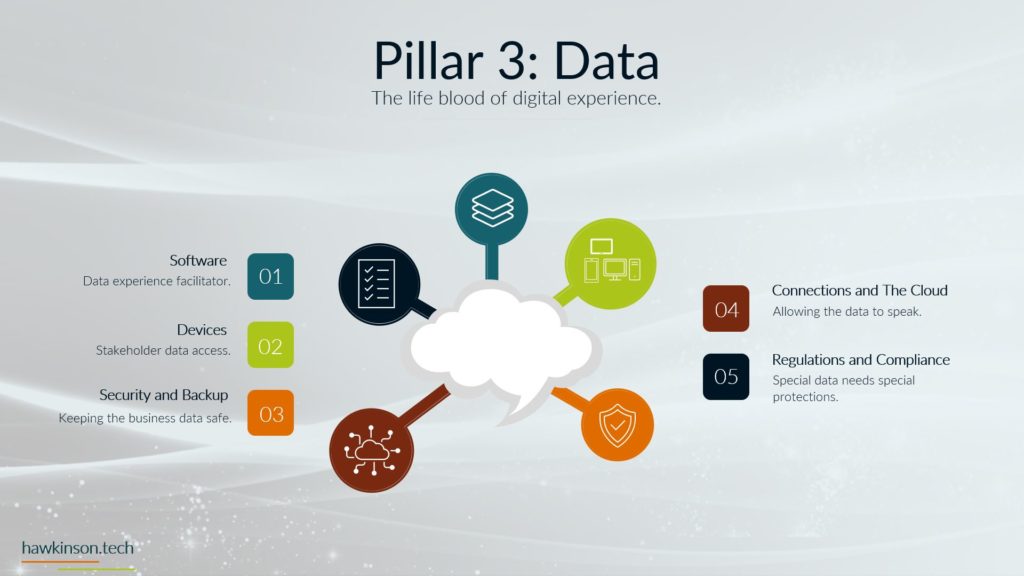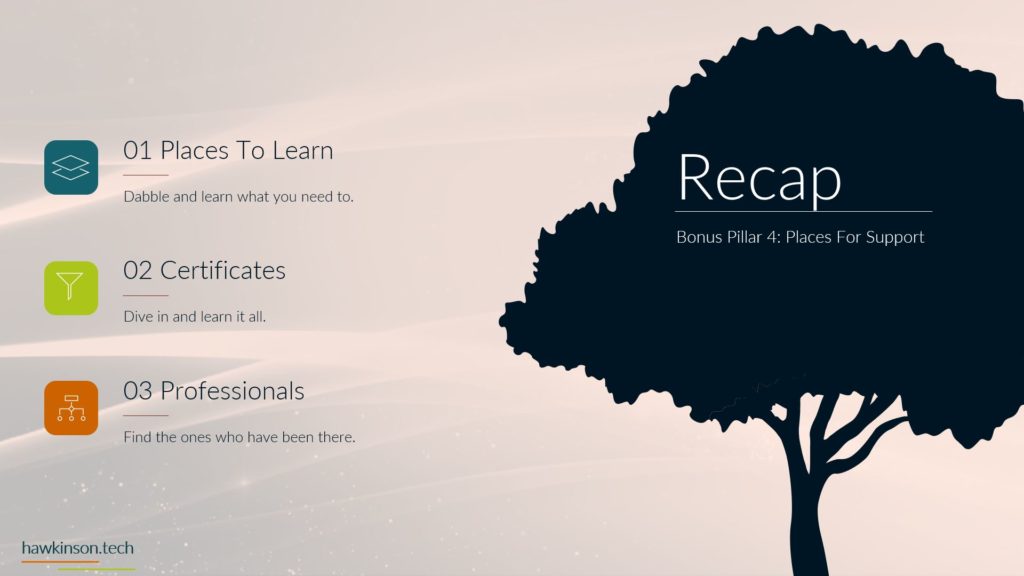Appian is a low-code application development platform designed to help businesses create, deploy, and manage enterprise applications quickly and efficiently. It offers a variety of features to streamline the development process, improve collaboration, and integrate with existing systems.
With Appian, users can create custom applications for a variety of use cases, including business process management, case management, customer relationship management, and supply chain management. The platform also provides tools for integration with other systems and services, such as cloud-based storage and third-party APIs.
Key Features
Drag and Drop
With the help of Appian’s drag-and-drop UI and visual application framework, users can easily design apps by dragging and dropping components like forms, buttons, and text boxes into the canvas.
Intuitive Visual Interface
Thanks to Appian’s visual interface for designing and modeling business processes, it is simpler to comprehend, optimize, and simplify workflows.
Integrations
Databases, web services, APIs, and third-party services, including Salesforce, SAP, and Microsoft Dynamics, are just a few data sources and systems with which Appian enables connectivity.
Low Code Platform
Without the need for in-depth programming knowledge, users may create sophisticated applications fast and effortlessly using Appian’s low-code platform.
Other Features
- Application templates
- Mobile app development
- Unified platform
- Self-Assembling Interface Layer
